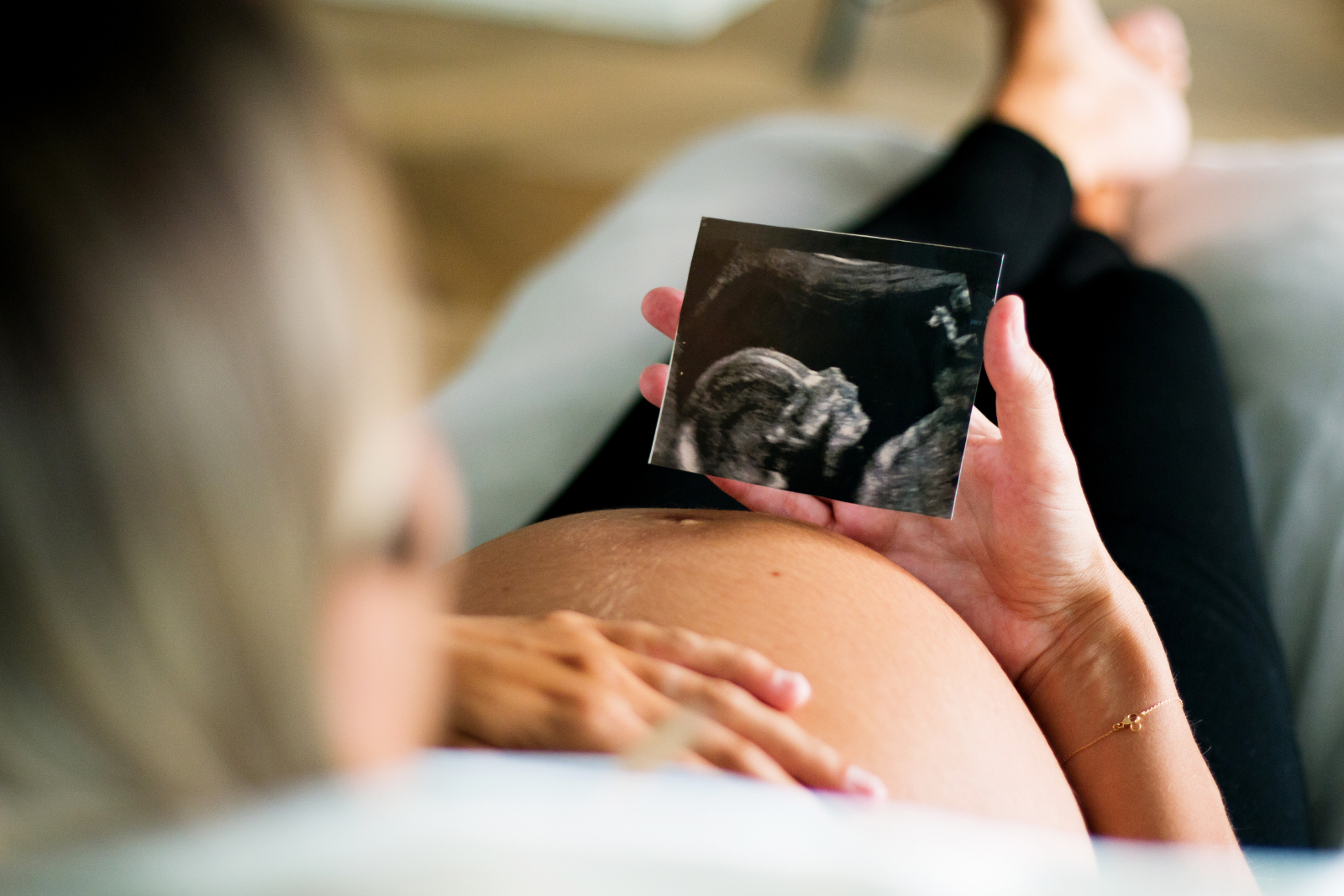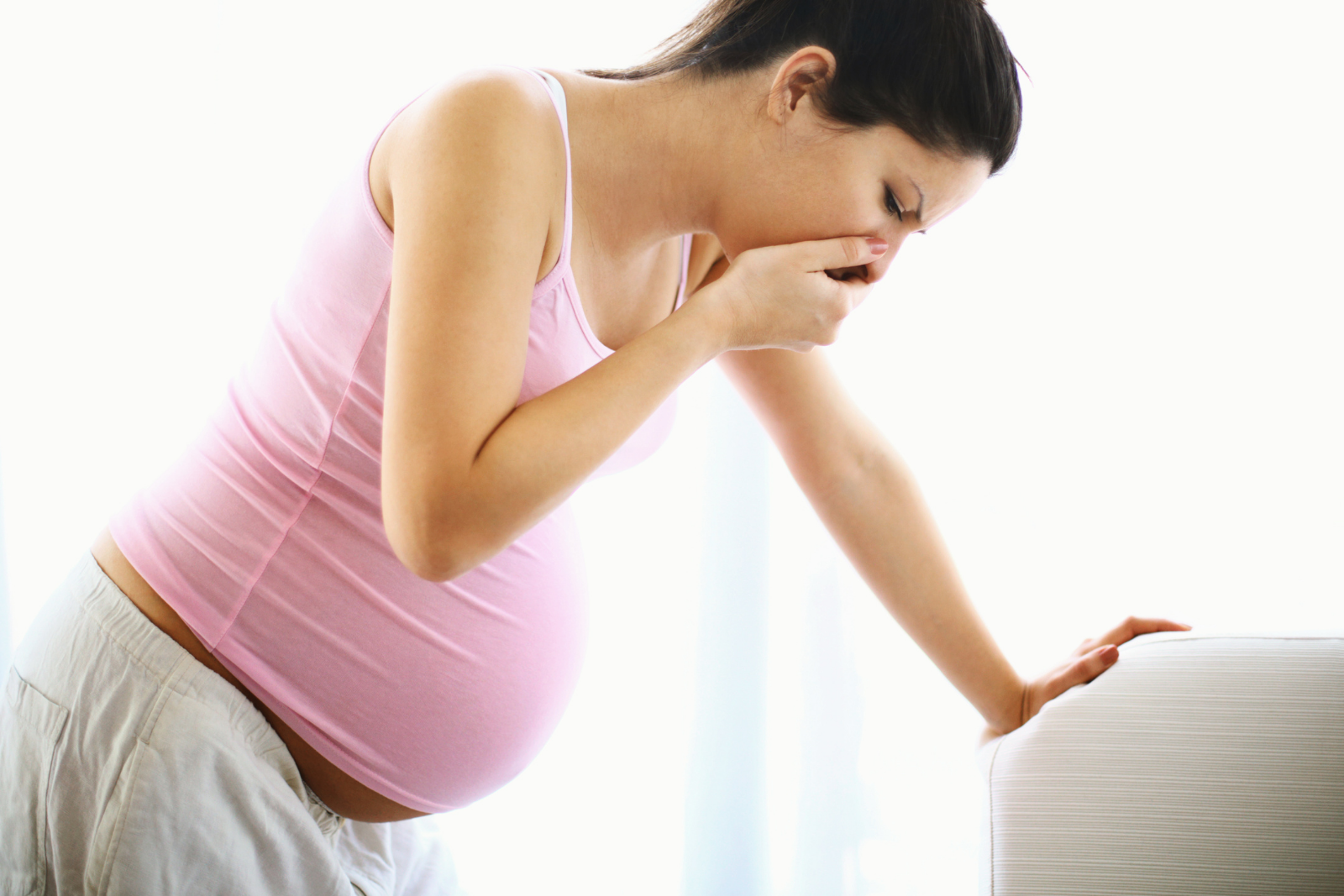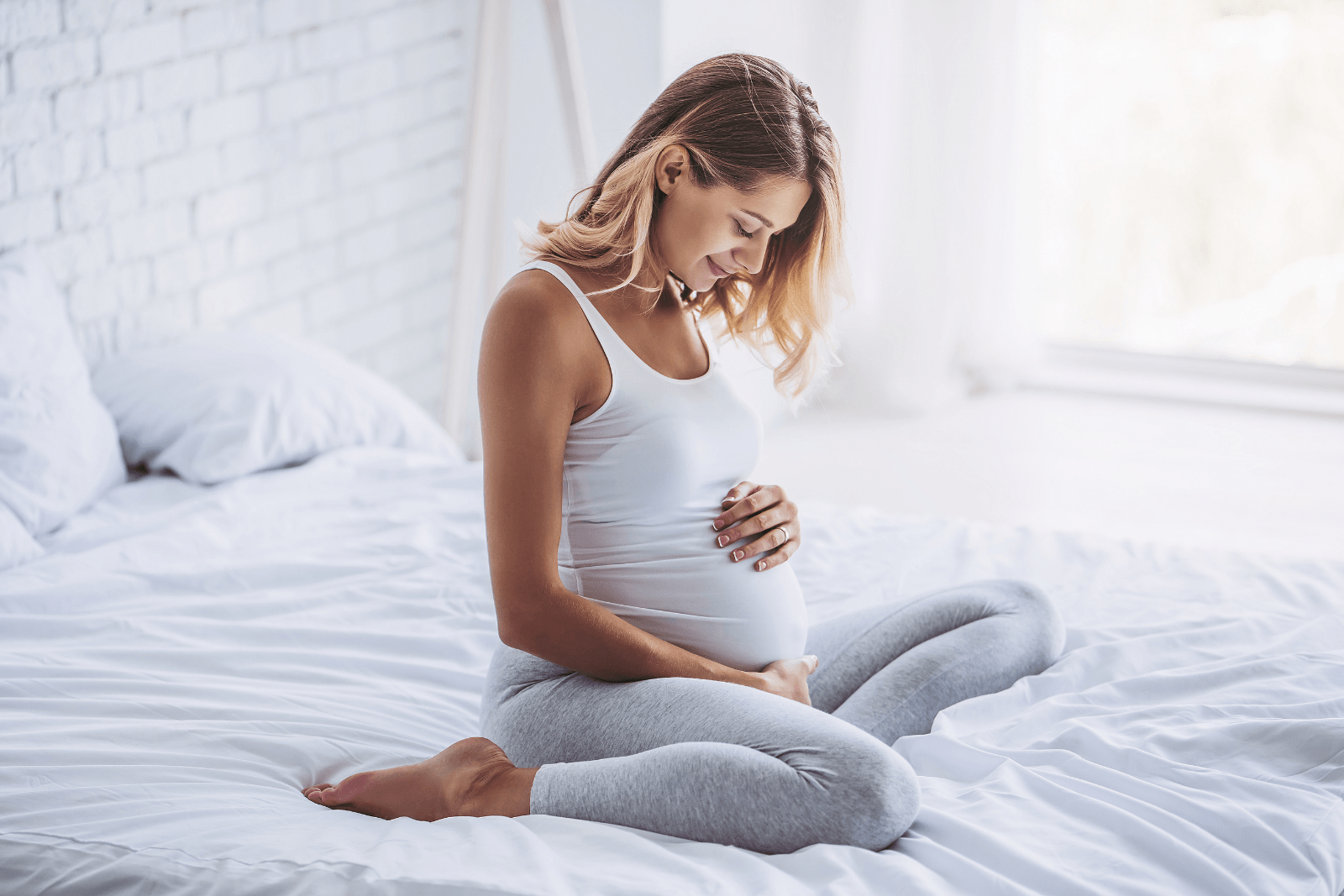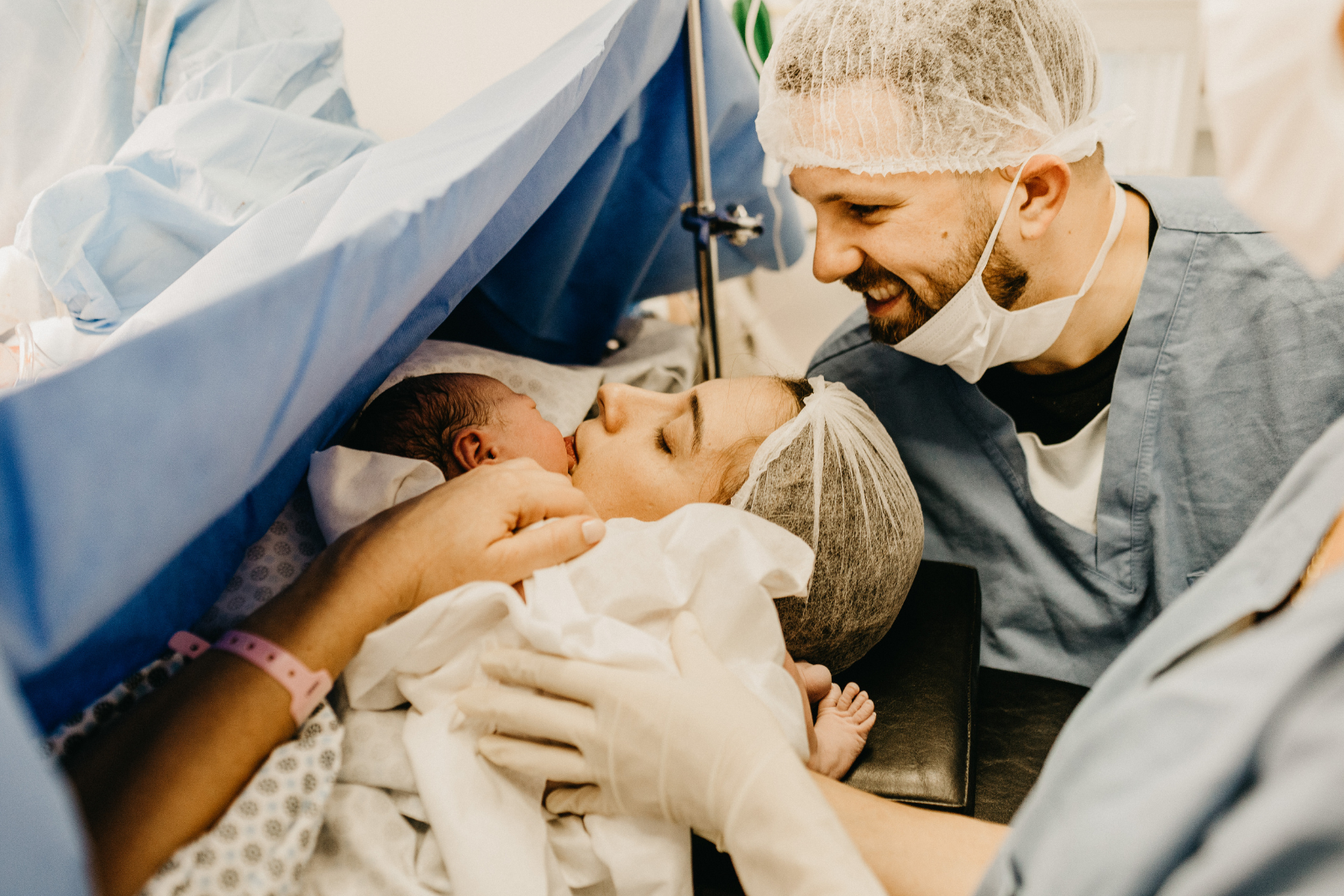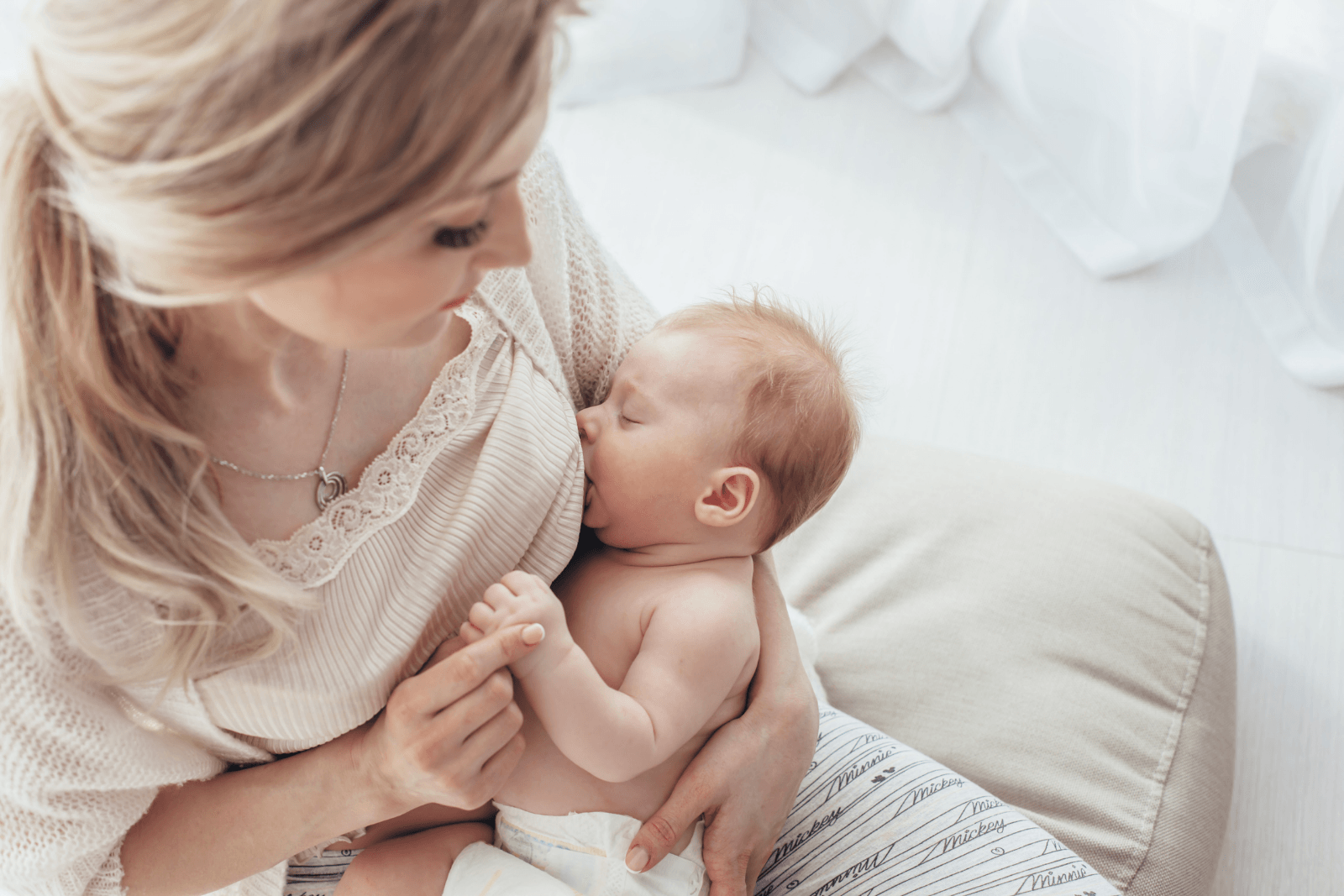Tongue-tie occurs when the thin piece of skin under the baby’s tongue (the lingual frenulum) restricts the movement of the tongue. In some cases the tongue is not free or mobile enough for the baby to attach properly to the breast.
Some babies with tongue-tie are able to attach to the breast and suck well. However, many have breastfeeding problems, such as nipple damage to the mum, poor milk transfer and low weight gains in the baby, plus mum can have recurrent blocked ducts or mastitis due to ineffective milk removal.
There are many signs that a baby’s tongue-tie may be causing problems with breastfeeding, but you don’t have to have all of them:
- nipple pain and damage
- the nipple looks flattened after breastfeeding
- you can see a compression/stripe mark on the nipple at the end of a breastfeed (almost like lipstick)
- the baby loses suction while feeding and sucks in air
- the baby makes a clicking sound when feeding
- the baby fails to gain weight well
- regular gagging
It is important to note that all of the above signs can be related to other breastfeeding problems and are not necessarily related to tongue-tie.
A lactation consultant who is Internationally Board Certified (IBCLC) is the best person for recognising if there are tongue or lip ties.
If a tongue-tie is interfering with breastfeeding, then release (snipping) of the tight frenulum can improve the baby’s ability to breastfeed. This is done one of two ways – laser removal by a qualified paediatric dentist, or surgically by a paediatrician.
For further information about tongue and lip ties you can chat with the POGS midwives or speak with the SJOG Mt Lawley Lactation consultants for more information.
Call POGS on (08) 6270 0123 or email: reception@pogs.com.au if you need to make an appointment.




